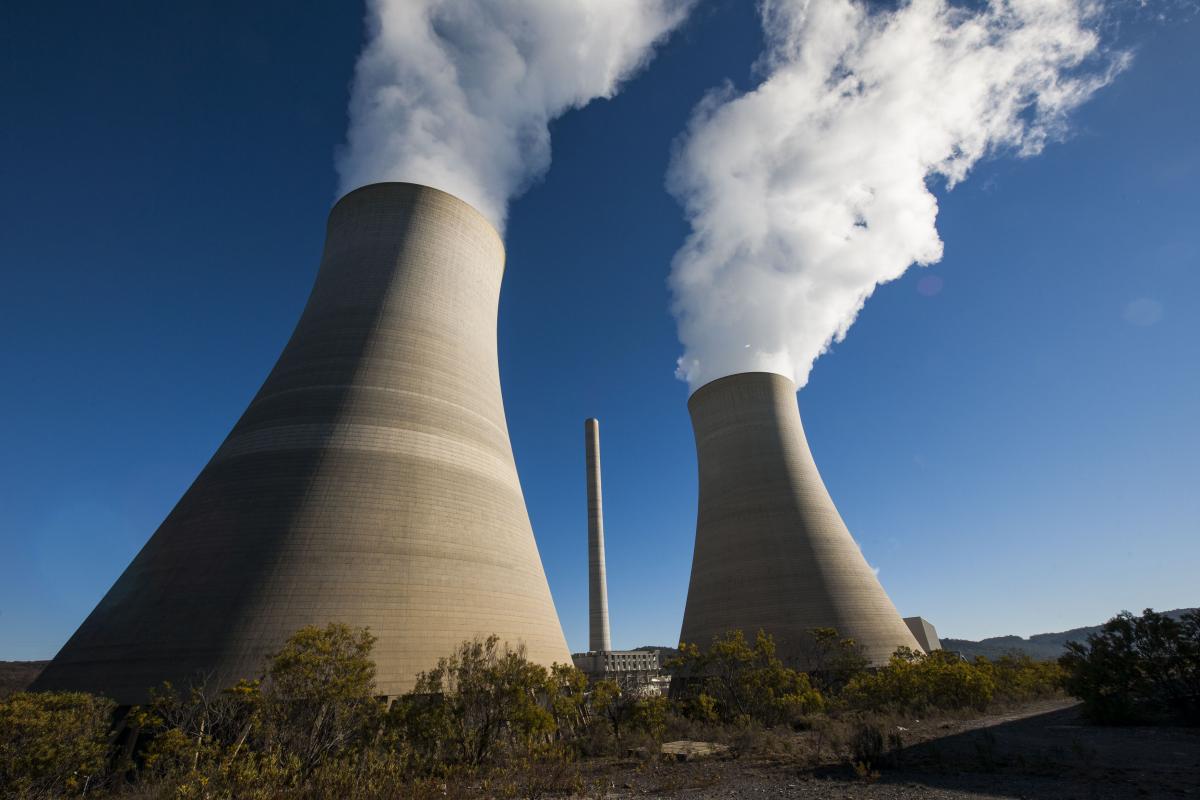Summary
The Mt Piper Power Station Energy Recovery Feasibility has been completed by EnergyAustralia and the Re.Group, which assesses the viability of augmenting the 1400-megawatt (MW) Mt Piper power station near Lithgow in New South Wales with lower emissions generation.
An Australian first, the Mt Piper Power Station Energy Recovery Feasibility study has determined that the proposed energy recovery project has the potential to generate almost an additional 30 MW of electricity, enough to meet the needs of around 40,000 average homes in New South Wales, without burning more coal. This study has outlined what steps would be required in the NSW context, paving a way for what other projects should consider when exploring waste to energy initiatives.
How the project works
The Mt Piper Power Station Energy Recovery Feasibility study explored how energy recovery at Mt Piper would involve using non-recyclable plastics, linen and cardboard, known as refuse derived fuel (RDF), in a specifically-designed boiler to create steam. The steam would drive existing large turbines at the power station, generating more electricity for use in homes and businesses across New South Wales.
Learn more
Area of innovation
This study indicated that energy recovery at Mt Piper has great potential to provide reliable power for thousands of homes. The real innovation underpinning the proposed energy recovery project involves unlocking the energy in ordinary, non-recyclable waste and creating a use for that waste consistent with the principles of a circular economy. The study also indicated that energy recovery at Mt Piper is estimated to reduce greenhouse gas emissions by the equivalent of more than 200,000 tonnes of carbon dioxide per year.
Benefit
The study has demonstrated how an existing coal-fired power station can reduce its emission profile through the proposed RDF facility. As the first hybrid coal / RDF facility in Australia, the innovative project has a range of potential benefits, including providing a solution to recover energy resources from non-recyclable waste generated in NSW, while also diverting non-recyclable waste from landfill without increasing demand for waste. Should the project go ahead, it would provide around 300 local direct and indirect jobs during 2 years of construction and around 16 ongoing operational roles.
Read more about bioenergy and energy from waste.




